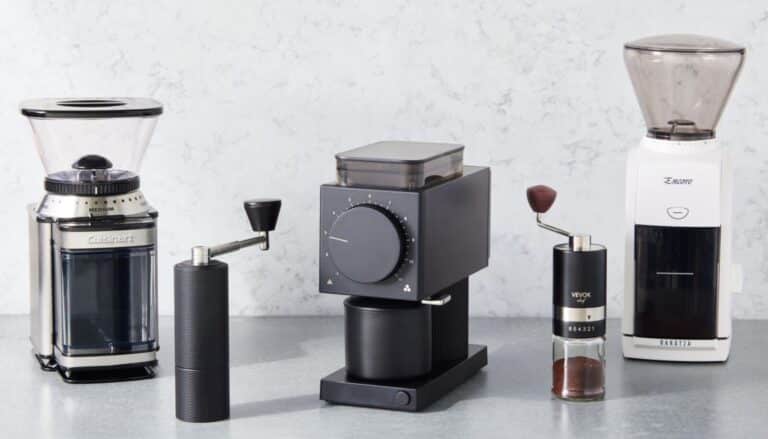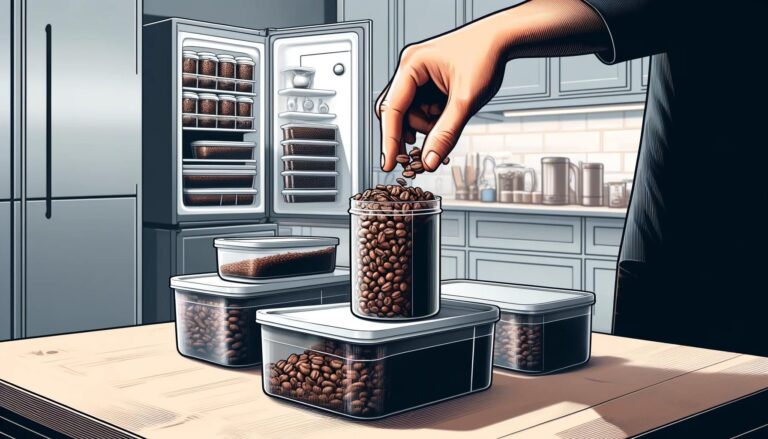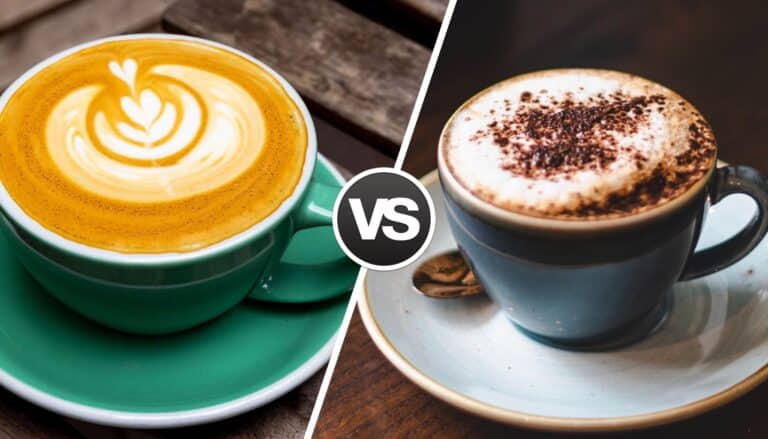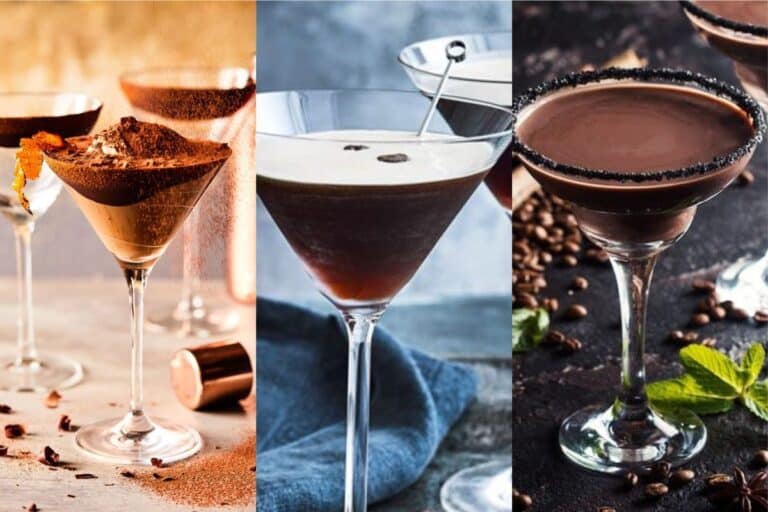Coffee is one of the most popular beverages in the world. It has a rich history and is steeped in tradition. Originating from Ethiopia, it has found its way into nearly every culture around the globe, with billions of cups consumed daily. Coffee is made from the seeds of the Coffea plant species. Coffea is often referred to as coffee beans due to their resemblance to true beans. The primary species used in coffee production are Coffea arabica and Coffea canephora, commonly known as Robusta.
The journey of a coffee bean from a green seed to a flavorful component of your morning ritual involves several stages. One of the most crucial is the roasting process. Roasting coffee involves applying heat to green coffee beans in a roasting machine or a specialized pan. During roasting, the beans expand and change in color, taste, smell, and density. The process is complex and requires a keen eye and expertise to control factors like temperature, roasting time, and bean movement.
The roasting process plays a significant role in determining the flavor of the final product. The length of roasting time impacts the coffee’s taste, aroma, and color, with different roast levels bringing out distinct characteristics in the beans. From light to dark roasts, each has its unique features, affecting acidity, aroma, body, and flavor complexity. This article will explore these aspects in detail, aiming to help you understand how the roast level shapes your cup of coffee.
The Science Behind Coffee Roasting
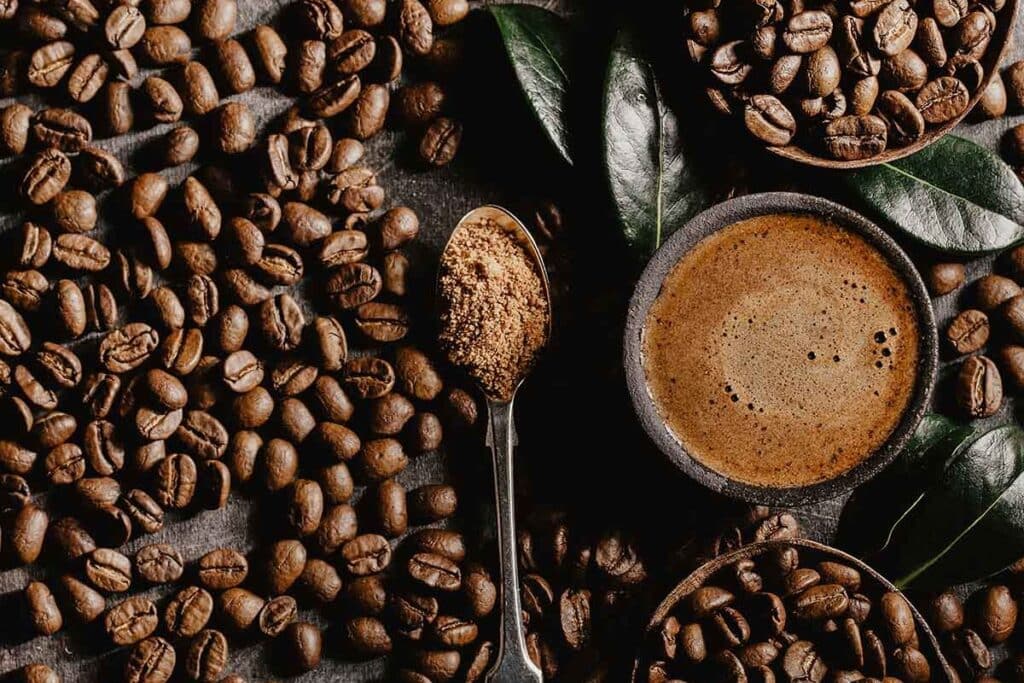
Roasting Process
The process of roasting coffee is both an art and a science, requiring keen observation, control, and an understanding of the various stages that the beans go through. It begins with preheating the roaster, followed by adding green coffee beans. The beans first lose moisture, causing an endothermic reaction where they absorb heat, leading to a color change from green to yellow, emitting a grassy aroma.
The next stage, often called “first crack,” occurs when the beans expand and crack due to the build-up of steam, similar to popcorn popping. At this point, the beans have reached a light roast. If the roasting continues, the beans darken further, and oils rise to the surface, marking the onset of a “second crack,” indicative of a medium to dark roast.
Chemical Changes During Roasting
During roasting, beans undergo various chemical changes, influencing their flavor, aroma, and color. The Maillard reaction, a chemical reaction between amino acids and reducing sugars, occurs when the beans start to heat up, resulting in the browning of the beans and the formation of flavor compounds. The caramelization of sugars further contributes to the development of flavors and sweetness.
Simultaneously, other compounds like organic acids, aromatic compounds, and caffeine remain largely stable. However, chlorogenic acids, a type of organic acid, break down into quinic acid and caffeic acid, which influence the perceived acidity and bitterness of coffee.
How Time and Temperature Impact Coffee Beans
The roast time and temperature significantly impact the final flavor of the coffee. In general, higher temperatures and longer roast times result in darker roasts. These conditions lead to a more pronounced caramelization and more breakdown of chlorogenic acids, which results in lower acidity, higher bitterness, and more body. In contrast, shorter roast times and lower temperatures typically yield lighter roasts, which preserve more of the beans’ original flavor characteristics, acidity, and complexity. However, it’s important to note that the optimal roast profile can vary greatly depending on the bean variety and the desired flavor profile.
Understanding Roast Levels
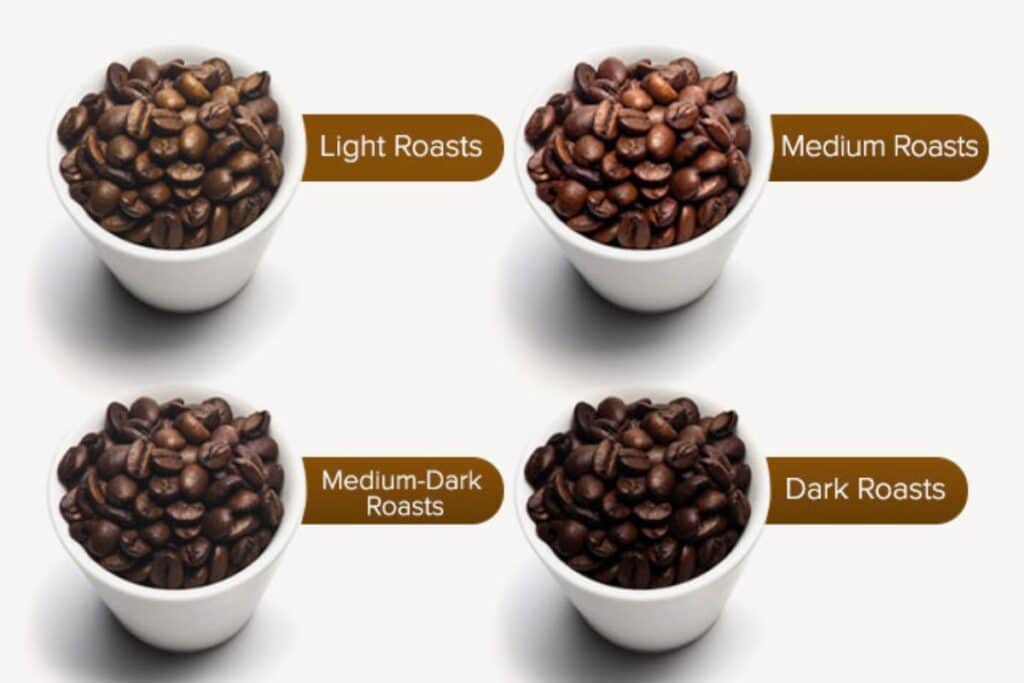
The roast levels of coffee beans can be broadly classified into four categories:
- Light Roast: These beans are light brown, with no oil on the surface. They are typically roasted to the end of the first crack, preserving the unique flavors of the beans and displaying a high level of acidity.
- Medium Roast: Slightly darker in color, these beans may have a small amount of oil on the surface. The roast usually stops between the first and second crack, resulting in a balance between the beans’ original flavors and the flavors developed during roasting.
- Medium-Dark Roast: With a darker color and more oil on the surface, these beans are roasted to the start or middle of the second crack. They offer richer, darker flavors with some bitterness and less acidity.
- Dark Roast: Dark brown or almost black with a shiny, oil-covered surface, these beans are roasted well into the second crack. They have a pronounced bitterness, lower acidity, and the flavors are mostly those developed during roasting.
The roast level significantly impacts a coffee bean‘s flavor profile and other characteristics. Light roasts preserve most of the original coffee flavors, resulting in a complex and nuanced taste, but can sometimes be a bit sour due to high acidity. Medium roasts strike a balance between preserving the beans’ unique flavors and developing new ones through roasting, often having a balanced acidity and a fuller body. Medium-dark roasts offer a robust flavor profile with some bitterness and decreased acidity, and the body tends to be heavier. Dark roasts feature flavors developed during roasting, like caramel or chocolate, have a strong body, lower acidity, and can often taste quite bitter or even burnt.
Different regions around the world often have preferred roast levels, influenced by local taste preferences and traditions. For example, Northern Europe, particularly Scandinavia, is known for its preference for light roasts, preserving the unique flavors and high acidity of the beans. In contrast, Southern European countries like Italy and Spain typically favor dark roasts, leading to strong, bold, and bitter espresso. The United States has a varied coffee culture, with traditional coffee often being a dark roast, while specialty coffee culture has brought a preference for lighter roasts. These preferences aren’t universal, and the growing global coffee culture has led to an increasing appreciation for all types of roasts worldwide.
How Roast Levels Affect Coffee Flavor
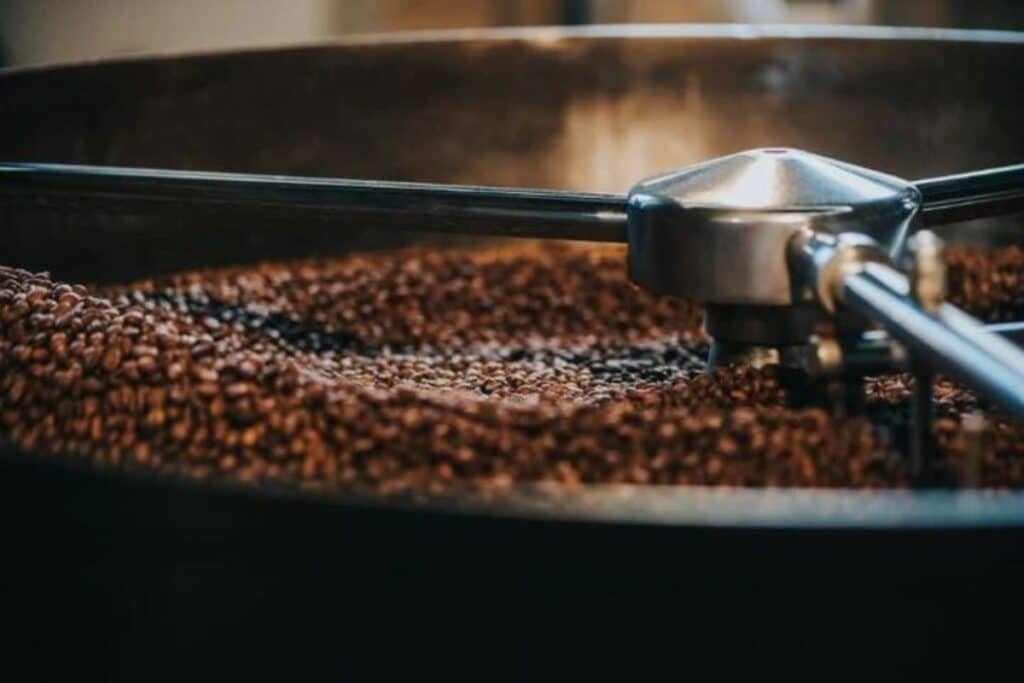
How Light Roasts Impact Flavor Profile
Light roast coffee is typically characterized by more nuanced and vibrant flavors. The shorter roast time allows more of the bean’s original flavors, often described as ‘origin flavors,’ to shine through. This can lead to notes of fruit, floral elements, or distinct sweetness. The acidity in light roasts is more pronounced, often lending a bright or tart character to the coffee. However, the body of light roast coffee is usually lighter compared to darker roasts, and it may lack the boldness some coffee drinkers prefer.
How Medium Roasts Impact Flavor Profile
Medium roast coffee strikes a balance between preserving the coffee’s origin flavors and developing new flavors through the roasting process. This can lead to a wide variety of flavor notes, ranging from fruity and floral to caramel and toasted nuts, depending on the specific coffee and roast. The acidity is generally balanced, neither as bright as a light roast nor as muted as a dark roast. The body of a medium roast coffee is typically fuller than that of a light roast, contributing to a more balanced cup overall.
How Medium-Dark Roasts Impact Flavor Profile
Medium-dark roast coffee starts to showcase more of the flavors developed during roasting, while still retaining some of the coffee’s original characteristics. Flavor notes often include darker elements, such as chocolate and toasted bread. The acidity in medium-dark roasts is typically lower than in lighter roasts, leading to a slightly bolder and smoother cup. The body is often heavier, providing a satisfying mouthfeel that many coffee drinkers enjoy.
How Dark Roasts Impact Flavor Profile
Dark roast coffee is characterized by bold, robust flavors that are almost entirely developed during the roasting process. These can include notes of dark chocolate, caramel, or even a smoky or burnt character. The acidity in dark roasts is generally low, leading to a smooth, if somewhat flat, flavor profile. The body is typically heavy, offering a rich and full mouthfeel. However, the trade-off is that dark roasts often lack the complexity and nuance of lighter roasts, with the robust roast flavors dominating the cup.
Exploring Popular Coffee Varieties and Their Roast Preferences
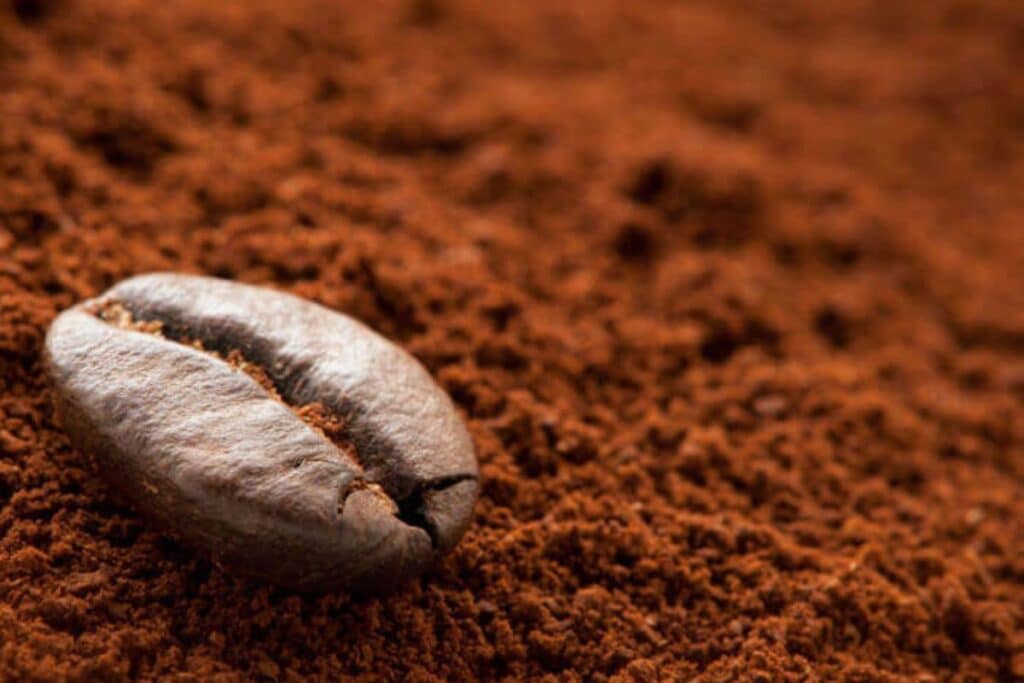
Arabica Vs Robusta: How Roast Levels Differ
Arabica and Robusta are the two primary species of coffee beans consumed worldwide. Arabica beans are generally more delicate, with a wide range of flavors and aromas. They are often lightly to medium roasted to highlight their complex flavor profiles. On the other hand, Robusta beans, known for their higher caffeine content and more robust flavors, are often used in darker roasts and espresso blends, where their strong taste can shine through. However, these are general trends, and there is plenty of variation within each species, with some high-quality Robusta beans being used in lighter roasts and vice versa.
Geographic Influence on Roast Levels
Geography plays a significant role in the preferred roast levels of different coffee-growing regions. For example, Latin American countries like Colombia and Costa Rica often favor medium roasts, highlighting the balanced acidity and body of their beans. African countries such as Ethiopia and Kenya, known for their fruity and vibrant coffees, often use light to medium roasts to preserve these unique flavors. Meanwhile, Asian countries like Indonesia and Vietnam, known for their bold and robust coffees, often opt for darker roasts.
Specialty Coffees and Their Roast Levels
Specialty coffees refer to the highest quality of coffee beans, often sourced from specific regions or estates and processed with great care. They have unique and nuanced flavors that are best highlighted through lighter to medium roasts. However, the optimal roast level can vary depending on the specific characteristics of each coffee. Some specialty coffees might have inherent chocolatey or nutty notes that can be emphasized with a medium-dark roast, while others might have vibrant acidity or fruity flavors best preserved with a light roast. The key with specialty coffees is to choose a roast level that best highlights their unique qualities.
How to Choose the Right Roast Level

Choosing the right roast level starts with understanding your personal taste preferences. If you prefer coffee with bright, vibrant flavors and high acidity, you may want to explore light roasts. If you enjoy a balanced cup with moderate acidity and fuller body, then medium roasts might be for you. For those who prefer a robust, hearty cup of coffee with low acidity and bold flavors, a dark roast would be the best choice.
Several factors come into play when choosing a roast level for your coffee:
- Flavor Profile: As discussed, the roast level significantly impacts a coffee’s flavor profile.
- Coffee Origin: The origin of the coffee can give hints about which roast level might suit it best. For instance, Ethiopian coffees often have vibrant fruit notes that are best preserved with a light roast, while Indonesian coffees might benefit from a dark roast to highlight their earthy, bold flavors.
- Coffee Quality: Higher quality beans often have more complex and nuanced flavors that can be highlighted with a lighter roast, while lower quality beans might be better suited to darker roasts that mask their imperfections.
- Intended Use: How you plan to use the coffee also matters. For example, if you’re making espresso, you might prefer a medium-dark to dark roast to stand up to the intense brewing process.
The brewing method you plan to use can also influence your choice of roast level. Certain brewing methods, like the French press or espresso, often work well with medium to dark roasts, which can withstand the intense brewing process. On the other hand, methods like pour-over or Aeropress, which highlight a coffee’s nuanced flavors, often pair well with light to medium roasts. Again, these are general trends, and the best pairing will depend on your personal taste preferences.
Experimenting with Different Roast Levels
One of the most exciting aspects of coffee is its incredible diversity of flavors. We encourage every coffee lover to experiment with different roast levels. Even if you have a favorite, trying something new can broaden your coffee horizons and help you appreciate the wide variety of flavors that coffee can offer.
Conducting a coffee tasting, or ‘cupping,’ at home is an excellent way to experiment with different roast levels. All you need are some different coffee roasts, hot water, a few cups, and spoons. Pour hot water over each coffee, let it steep for a few minutes, then use a spoon to taste each one. Pay attention to the differences in aroma, flavor, body, and acidity. You might be surprised at how different two coffees can be simply due to their roast level!
Keeping track of your tasting experiences can enhance your appreciation of coffee and help you identify your preferences. Consider keeping a coffee journal to document the roast level, origin, brewing method, and any specific flavors or characteristics you noticed for each coffee you try. Over time, you’ll start to see patterns in your preferences, and you’ll have a handy reference when choosing new coffees to try. You can even take your documentation digital with various apps available designed for coffee lovers to track and share their tasting experiences.
Conclusion
The roast level of coffee plays a critical role in shaping its final flavor profile. From light to dark, each roast level brings its unique characteristics to the table. Light roasts often retain more of the coffee’s inherent flavors, displaying more acidity and complexity. Medium roasts offer a balance between origin flavors and those developed during roasting, offering a more rounded and balanced cup. Medium-dark to dark roasts exhibit robust flavors developed during the roasting process and often have a pronounced bitterness with lower acidity.
Roasting is a vital aspect of coffee culture, transforming green coffee beans into the aromatic, flavorful beans we know and love. It’s a process that requires skill, knowledge, and intuition, and the ability to manipulate roasting conditions can lead to a wide range of flavor outcomes. Understanding the roast level is an essential part of appreciating coffee, allowing you to explore the vast array of flavors coffee can offer.
The world of coffee is incredibly diverse, with endless flavors to discover and enjoy. We encourage you to continue your exploration, trying different roast levels, origins, and brewing methods. Remember, there’s no right or wrong choice when it comes to coffee – it’s all about what you enjoy. So, keep tasting, experimenting, and learning, and most importantly, enjoy the journey. After all, that’s what coffee culture is all about.


